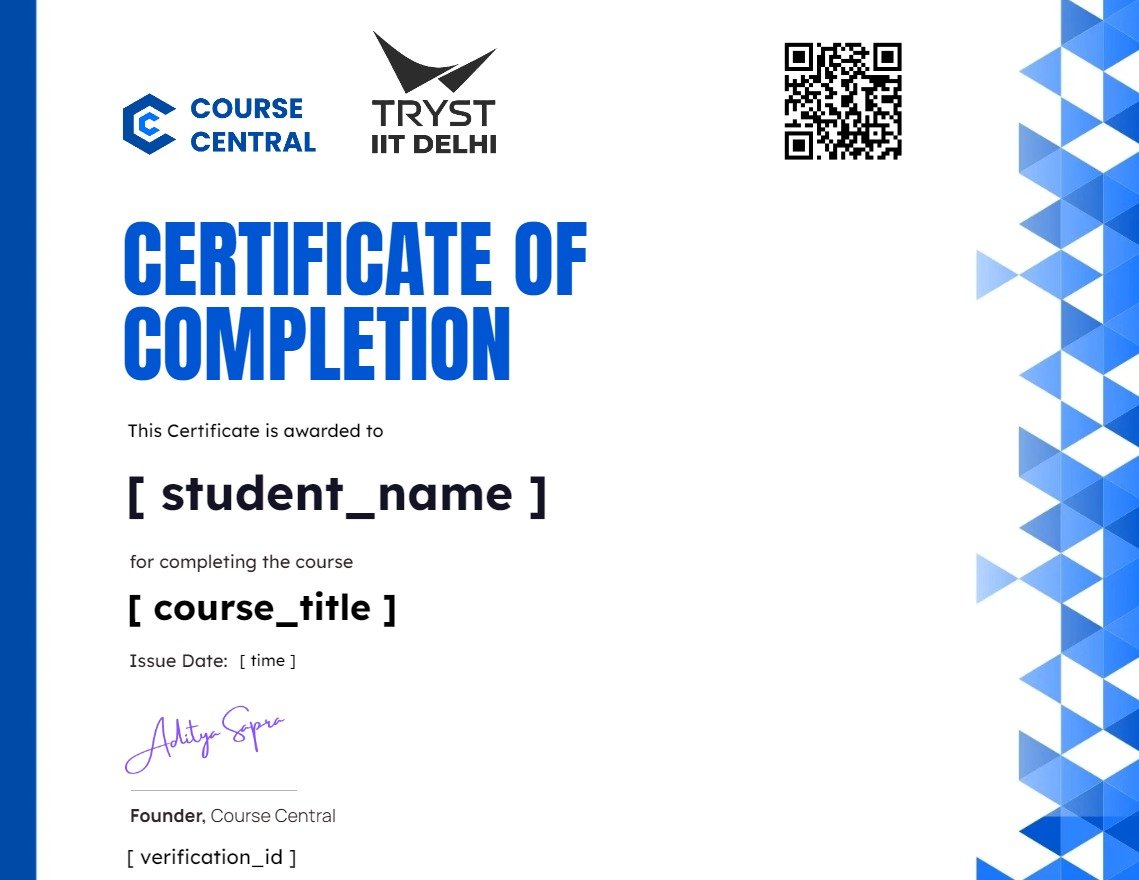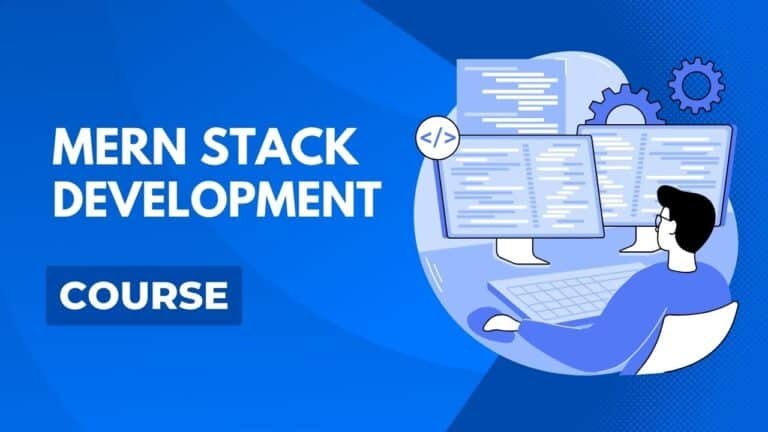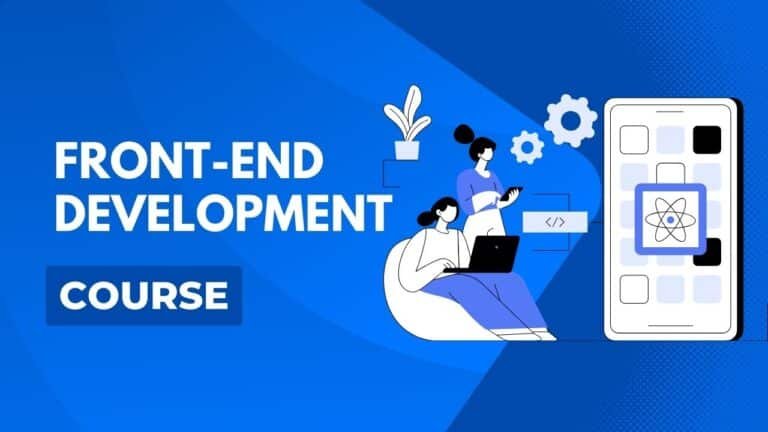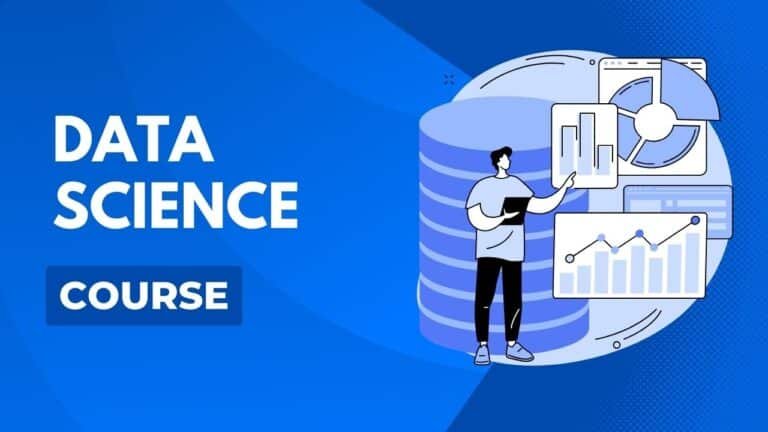
Machine Learning
Description
The Machine Learning course is designed to introduce students to the core concepts and techniques used to build intelligent systems that can learn from data. It covers key topics such as supervised and unsupervised learning, model evaluation, regression, classification, clustering, and neural networks. Learners also gain hands-on experience with popular tools and frameworks like Python and NLP applying their knowledge through real-world projects and datasets.
This course is ideal for individuals with a basic understanding of programming and mathematics who want to dive into the world of artificial intelligence. It bridges theory and practice, helping students understand how machine learning models work and how to deploy them in real-life applications. By the end of the course, learners will be capable of designing, training, and evaluating machine learning models, preparing them for roles such as Machine Learning Engineer, Data Scientist, or AI Specialist.
-
LevelAll Levels
-
Last Updated06/03/2025
-
CertificateCertificate of completion
Demo Lecture
Course Curriculum
COURSE INSTRUCTION
-
Read Before You Start
LETS GET STARTED
-
Module 1 – Introduction to Machine Learning
-
1.1 – Definition and basic concepts
-
1.2 – Types supervised, unsupervised, and reinforcement
-
Module 2 – Mathematics for Machine Learning
-
2.1 – Linear algebra
-
2.2 – Calculus
-
2.3 – Probability and statistics
-
Module 3 – Python Programming:
-
Python Introduction
-
Python Basics
-
Module 4 – Libraries and Data Processing
-
NumPy
-
Pandas
-
Matpotlib
-
Seaborn
-
Module 5 – Supervised Learning and Module 6 – Model Evaluation and Validation
-
Module 7 – Unsupervised Learning
-
Module 8 – Feature Engineering
-
Module 9 – Advanced Regression Techniques
-
Module 10 – Natural Language Processing (NLP)
-
NLP Part – 1
-
NLP Part – 2
-
Module 11 – Deep Learning Fundamentals
-
Module 12 – Convolutional Neural Networks (CNNs)
-
Module 13 – Recurrent Neural Networks (RNNs)
-
Module 14 – Generative Adversarial Networks (GANs):
-
Module 15 – Deployment and Model Optimization
-
Module 16 – Special Topics in Machine Learning
-
Module 17 – How to use Kaggle Platform
PROJECT
-
Project – Spam Classifier
-
Bonus Project – Sentiment Analysis
MOCK INTERVIEW QNA
-
Machine Learning Mock Interview Questions and Answers
PROJECT SUBMISSION (OPTIONAL)
-
Project Submission
Certificate you will get
Add this certificate to your resume to demonstrate your skills & increase your chances of getting noticed.

-
LevelAll Levels
-
Last Updated06/03/2025
-
CertificateCertificate of completion








